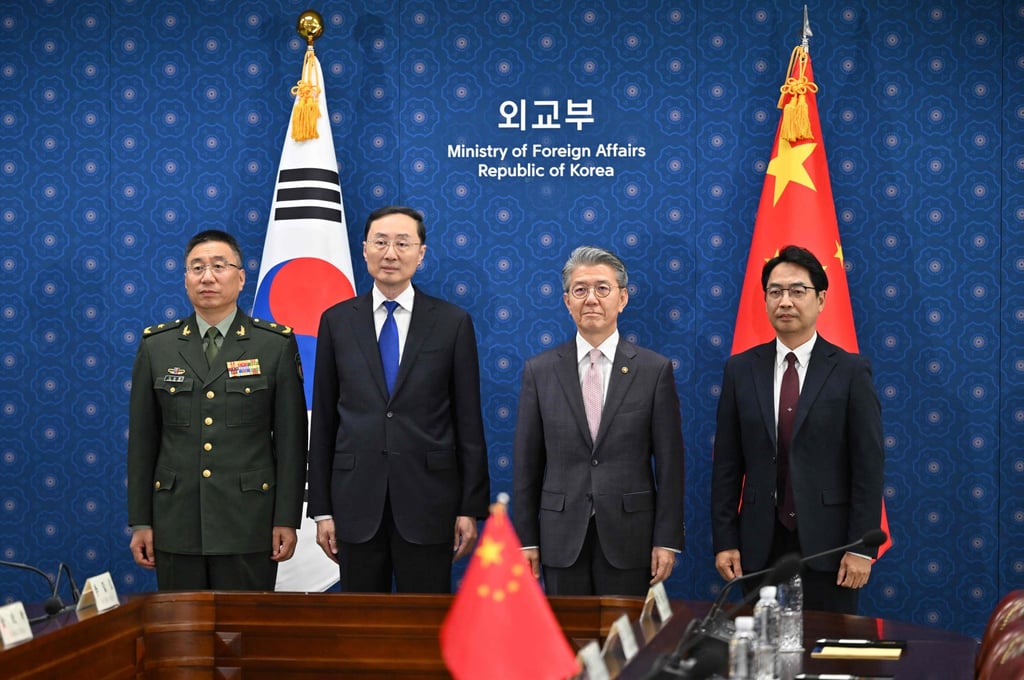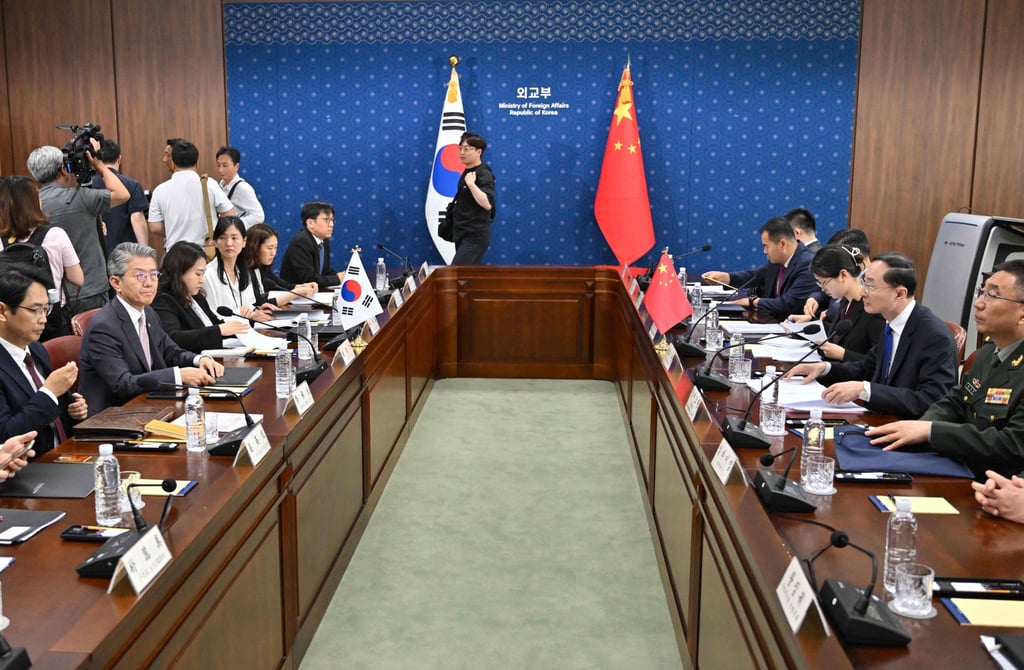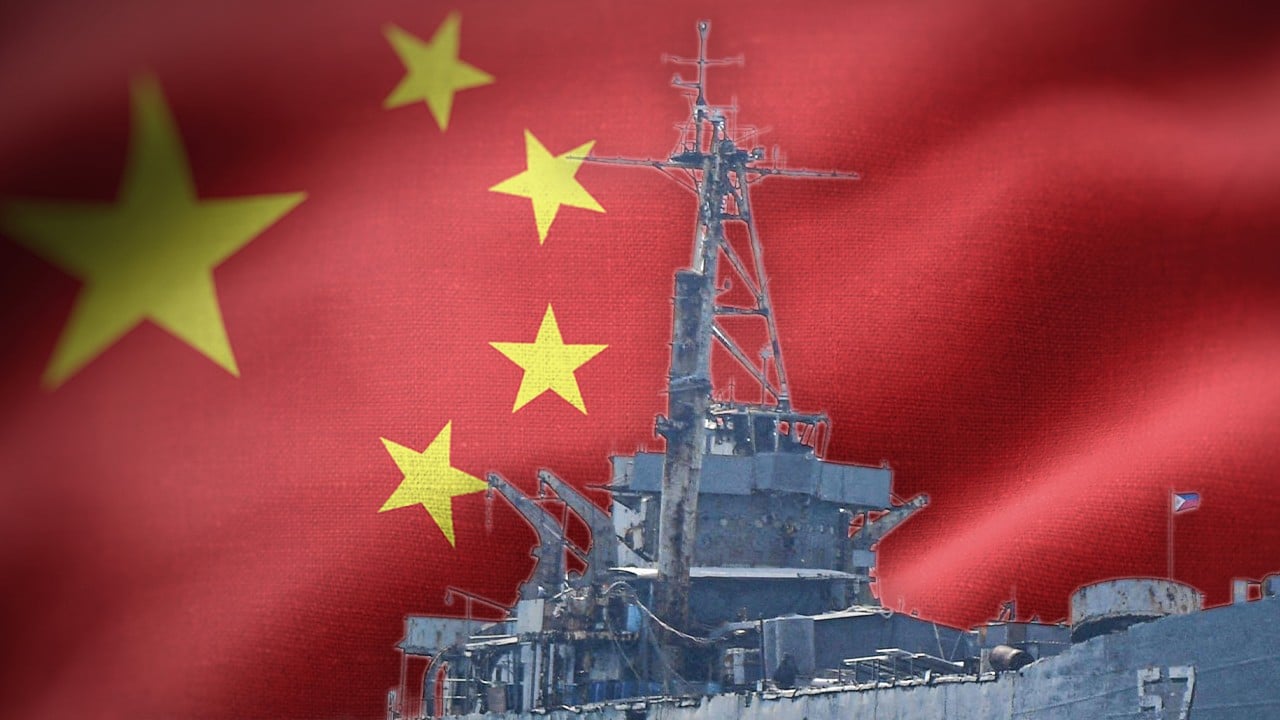China is using 2+2 talks with its neighbours to ‘get its plans back on track’
China’s delegation at the talks was led by foreign vice-minister Sun Weidong and Zhang Baoqun, deputy director of the Central Military Commission’s Office for International Military Cooperation.
Abdul Kadir Jailani, director general for Asia-Pacific and African affairs at Indonesia’s foreign ministry, and Oktaheroe Ramsi, the secretary directorate general for defence strategy, headed the Indonesian side.

It was the first meeting held under an upgraded dialogue mechanism at the vice-ministerial level that was set up in 2020. China’s Sun and his South Korean counterpart Kim Hong-kyun attended the June talks.
While the 2+2 dialogue mechanism is not new – major powers like the United States use this format with key allies including Japan and the Philippines – China has typically only used it informally.
Dylan Loh, assistant professor of foreign policy at Nanyang Technological University in Singapore, said the recent meetings did not indicate a big shift in China’s diplomatic strategy.
He said they represented “more of an evolution and also a recognition that defence and foreign policy are more intertwined than ever before”.
According to David Arase, resident professor of international politics with the Hopkins-Nanjing Centre, China’s 2+2 meetings with Indonesia and South Korea marked a “more comprehensive strategy of diplomatic and strategic engagement” with its neighbours.
“China wants to better leverage its rising military power to bring the politico-military orientation of key neighbours like South Korea and Indonesia in line with a China-centred regional order,” he said.
Arase said engaging with countries in this format meant that discussions would focus not only on bilateral cooperation but also on the countries’ strategic perceptions and relations with third parties.
“China will then better grasp its partner’s overall geopolitical thinking and the direction of current strategic relations with others such as the Quad powers,” he said, referring to the partnership between Australia, India, Japan and the US. “This is a good move for China.”
But he said for China’s “smaller and weaker” neighbours – with which it has sovereignty disputes – it was debatable what could be gained from 2+2 dialogue.
These talks would only “add leverage to China’s coercive diplomacy and push more effectively for concessions to Chinese demands”, he added.

Loh said the 2+2 format could in theory be used to establish or signal strategic relationships between countries but that did not appear to be the case for China’s recent talks with South Korea and Indonesia.
“If we see more 2+2s in the region, we can make such an assessment,” he said, adding that Beijing was likely to be learning from and experimenting with the format.
“If they find it worthwhile, there is a possibility of expanding it and institutionalising it elsewhere.”
Zha Daojiong, a professor of international studies at Peking University, said last week’s talks would have been driven by Jakarta’s interests and it was “first and foremost a demonstration of agency on the part of the Indonesian government”.
“The timing of the dialogue is indicative – [that is] before the transition of presidential power to Prabowo Subianto in October,” he said. “Continuity in both overall policy orientation and familiarity among high-ranking officials is important in bilateral diplomacy.”
“In a sense, the 2+2 mechanism works to signal a commitment to not letting maritime issues define the overall relationship,” he said. “[It] should not derail cooperation in other fields.”
Indonesia is not a claimant in the South China Sea but its exclusive economic zone in the North Natuna Sea falls within China’s so-called nine-dash line, on which Beijing bases its claim to around 90 per cent of the disputed waters.
Arase noted that the development came as smaller Asian neighbours – which Beijing sees as “strategically malleable economic supplicants” – have pushed back by upgrading their strategic engagement with Quad powers.
“China needs something like the 2+2 formula to turn this situation around and get its plans back on track,” he said.
“South Korea and Indonesia are moving closer to alignment with the Quad but their moves are tentative and uncertain – the perfect time for China to penetrate and reverse their policy thinking with the 2+2 formula.”
